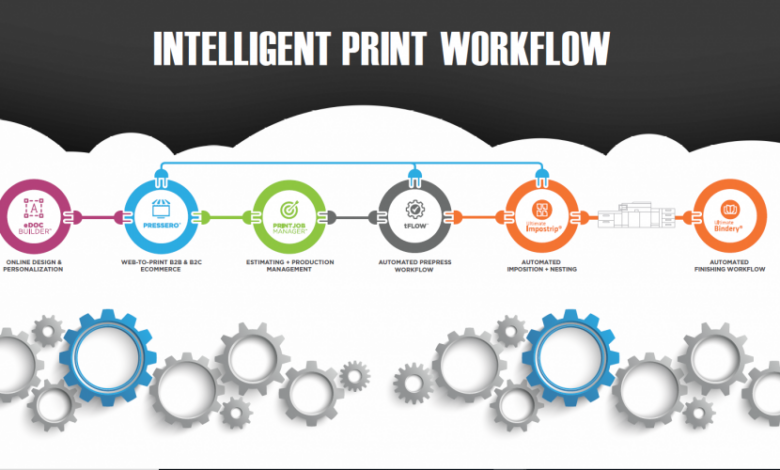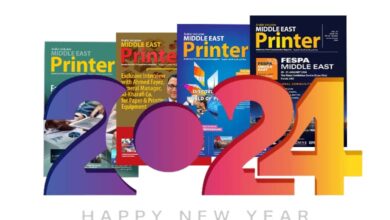The Impact of Artificial Intelligence on Printing Industry

Artificial Intelligence (AI) has been a hot topic in the news recently, with many experts predicting that AI will take over jobs, fight wars, and even drive our cars. However, it’s important to strip away the hype and consider how AI might impact the printing industry in the future.
Firstly, AI is highly complex software, and while it can “learn,” “think,” and “understand,” it is not alive nor sentient. It is difficult to measure concepts like thinking and sentience, and while programs like ChatGPT can pass the Turing test, they still can’t think in the human sense.
One of the most significant benefits and scariest aspects of AI is that it can exceed human performance. It can perform analyses that humans or traditionally programmed computers could never do, especially for applications with large data sets and variables. AI is responsible for many recent breakthroughs in medicine and science.
One of the most challenging aspects of AI is that it grows and adapts beyond its original programming. AI systems “evolve” beyond their original programming in ways that their developers don’t understand because they entail so much data and computations. This can lead to AI systems getting out of control and wreaking havoc.
In the printing industry, it is crucial to consider the differences, benefits, and limitations of rules-based and AI programming to determine the appropriate approach for the precision-oriented business. Rules-based programming is precise and gives the same result for the same input conditions, making it ideal for financial calculations and many forms of prepress. However, AI programming can be useful for tasks like automating prepress, predicting the outcome of printing processes, and optimizing print production schedules.
AI can also be used for print automation, reducing the need for manual labor and improving efficiency. For example, AI can automate preflight checks, identify potential printing issues, and make real-time adjustments to print jobs. AI can also be used to predict how printing processes will affect different substrates, helping printers to choose the right materials and processes to optimize print quality and reduce waste.
Overall, while AI is not sentient, it can be a valuable tool for the printing industry. It’s important to understand its benefits and limitations to determine the appropriate approach for specific tasks. As the technology continues to evolve, it’s likely that AI will become an increasingly important part of the printing industry, helping to improve efficiency, reduce waste, and optimize print quality.





